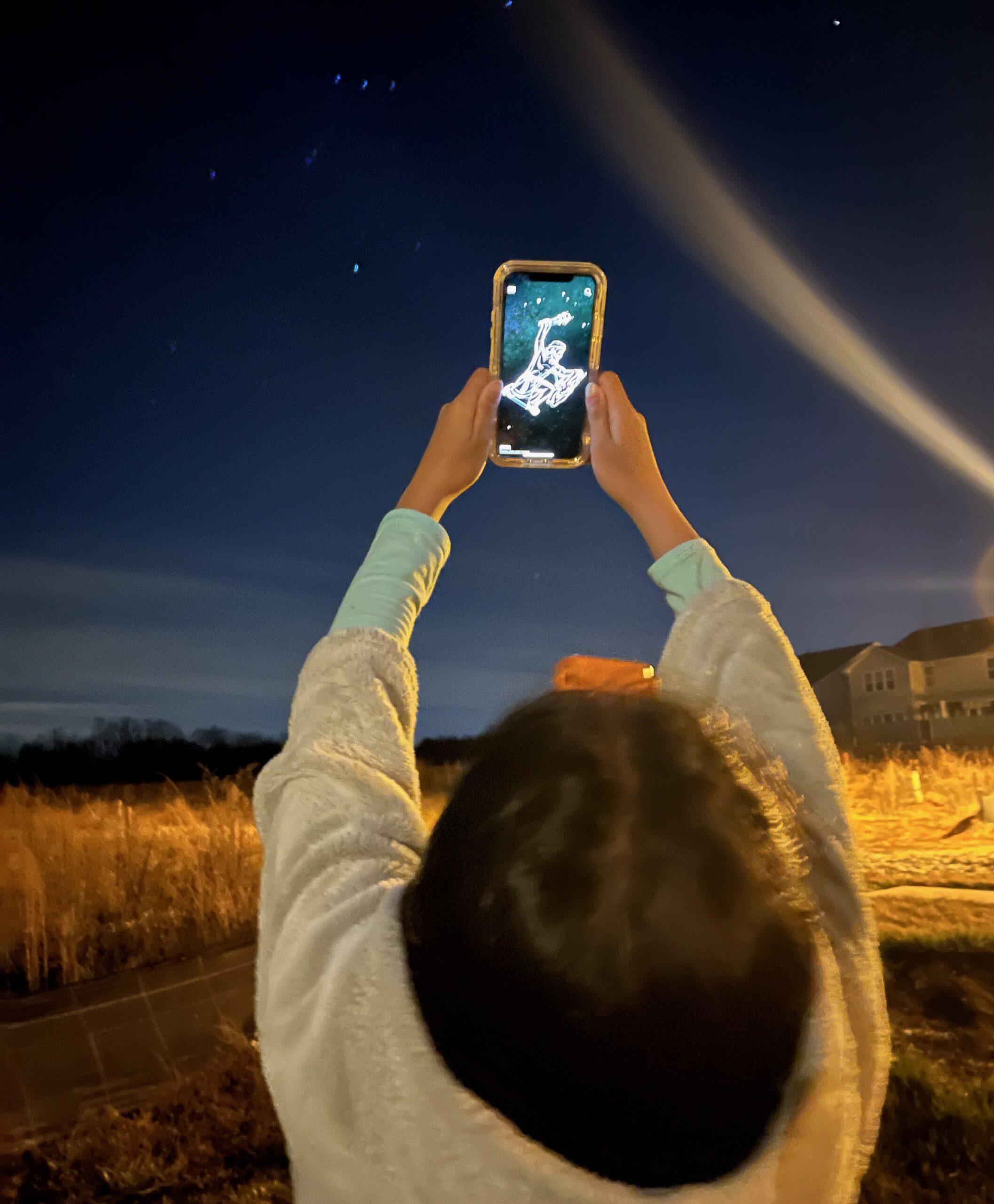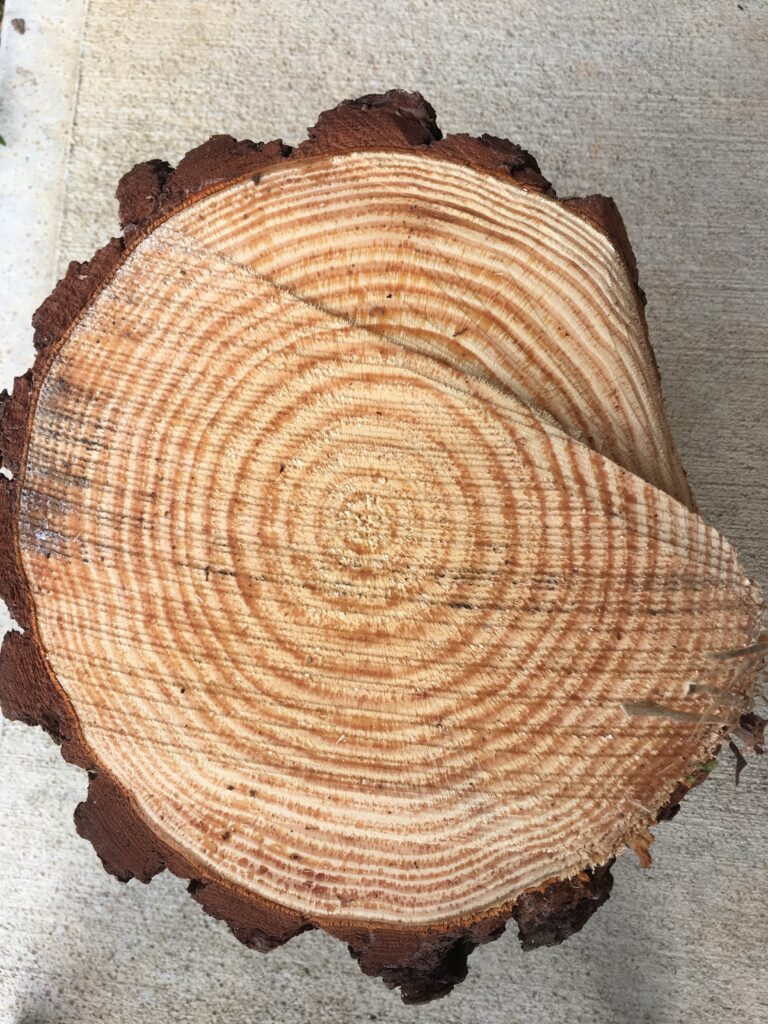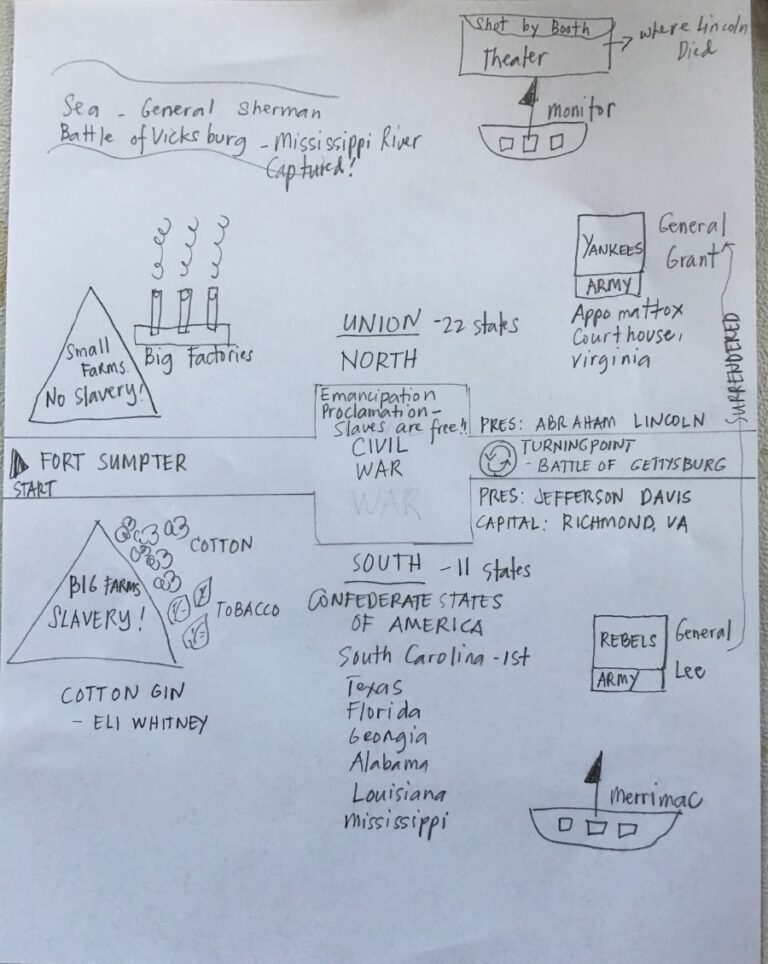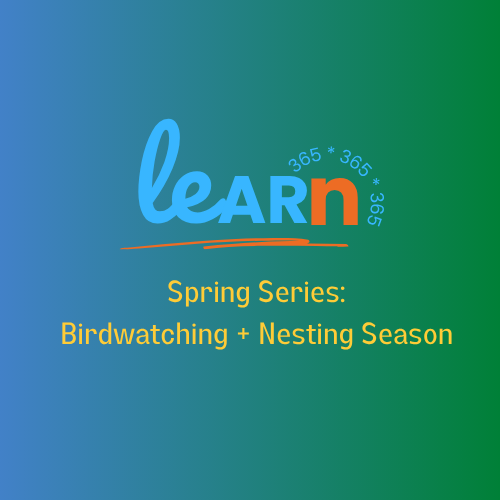Spring Skies – Moon Phases and Stargazing

What You’ll Learn
Learn how to track the phases of the moon, understand how Earth’s movement creates patterns in the sky, and observe seasonal changes in the stars—all from your yard, balcony, or a quiet outdoor spot.
Quick Background
You don’t need a telescope to get curious about space. Spring skies often have clearer nights and cool air, perfect for observing stars, constellations, and the shifting shape of the moon. The moon’s phases aren’t just pretty—they’re tied to tides, ancient calendars, and even planting seasons.
Try it Together
1. Track the Moon: Go outside at the same time each evening for a week.
Sketch or take a photo of the moon.
Is it growing (waxing) or shrinking (waning)? Can you spot a pattern?
2. Stargaze & Spot:
Use a free app like SkyView or Star Walk to locate spring constellations (e.g., Leo, Virgo, Ursa Major). Try stargazing for 15 minutes without distractions. Look for satellites or planets (Venus often shows up near sunset).
3. Moon Journal:
Write down where the moon is in the sky, its brightness, and what shape it is each night.
Optional: Research how different cultures name and use moon phases (e.g., Native American Full Moon names, lunar calendars in Asia or the Middle East).
Quote
““Dwell on the beauty of life. Watch the stars, and see yourself running with them.”
— Marcus Aurelius, Roman emperor

Family Talks (Reflection Prompts)
1. What surprised you about looking up at the night sky?
2. Why do you think people have been tracking the moon for thousands of years?
3. What feels different about learning something that’s far away and always changing?
Why is this relevant?
Understanding space is more than science—it’s part of timekeeping, navigation, even creativity. Pilots, astronauts, weather scientists, and even game designers rely on physics, movement, and spatial awareness that begins with simple skywatching.
Document It!
1. Create a moon phase wheel or timeline
2. Write a poem or short reflection called: “Under the Same Sky”
3. Sketch your favorite constellation and make up your own myth about it
Bonus challenge (Optional)
Host a Night Sky Watch Party for your family or friends. Make simple hot drinks, bring a blanket, and track how the sky changes over an hour. Try identifying at least three constellations or planets—without using your phone.
Get Weekly Learn 365 Straight to Your Inbox
Your Weekly Learn 365 and Learning Stories in your inbox.
Related Learning Stories
Our learning stories – also called Voices of Learning – as learning implementations of our Learn 365. These are written by parents and students to show an example of how they implemented our Learn 365 snippets.

Free Science Homeschool Ideas in Your Yard – Part 2
Have you been thinking about how you can homeschool free in your yard? Well, science is really not very…

Free Science Homeschool Ideas in Your Yard – Part 1
Have you been thinking about how you can homeschool free in your yard? Well, science is really not very…

Advantage of Blank Paper and a Pencil
Are you looking for an activity to start your homeschool day their creative minds? Consider a daily creative learning…

Learning History
Is your child struggling when learning history? Visualizing the story about this history might help just like how we…

At the End of the Mess is a…
Today, we decided to get some baking done using a chocolate brownies recipe from Annabel Karmel‘s First Meals. We rebel out…

The 2.8 Mile Loop
We drove to one of the nearest state park in our area. While we were originally planning to take…






